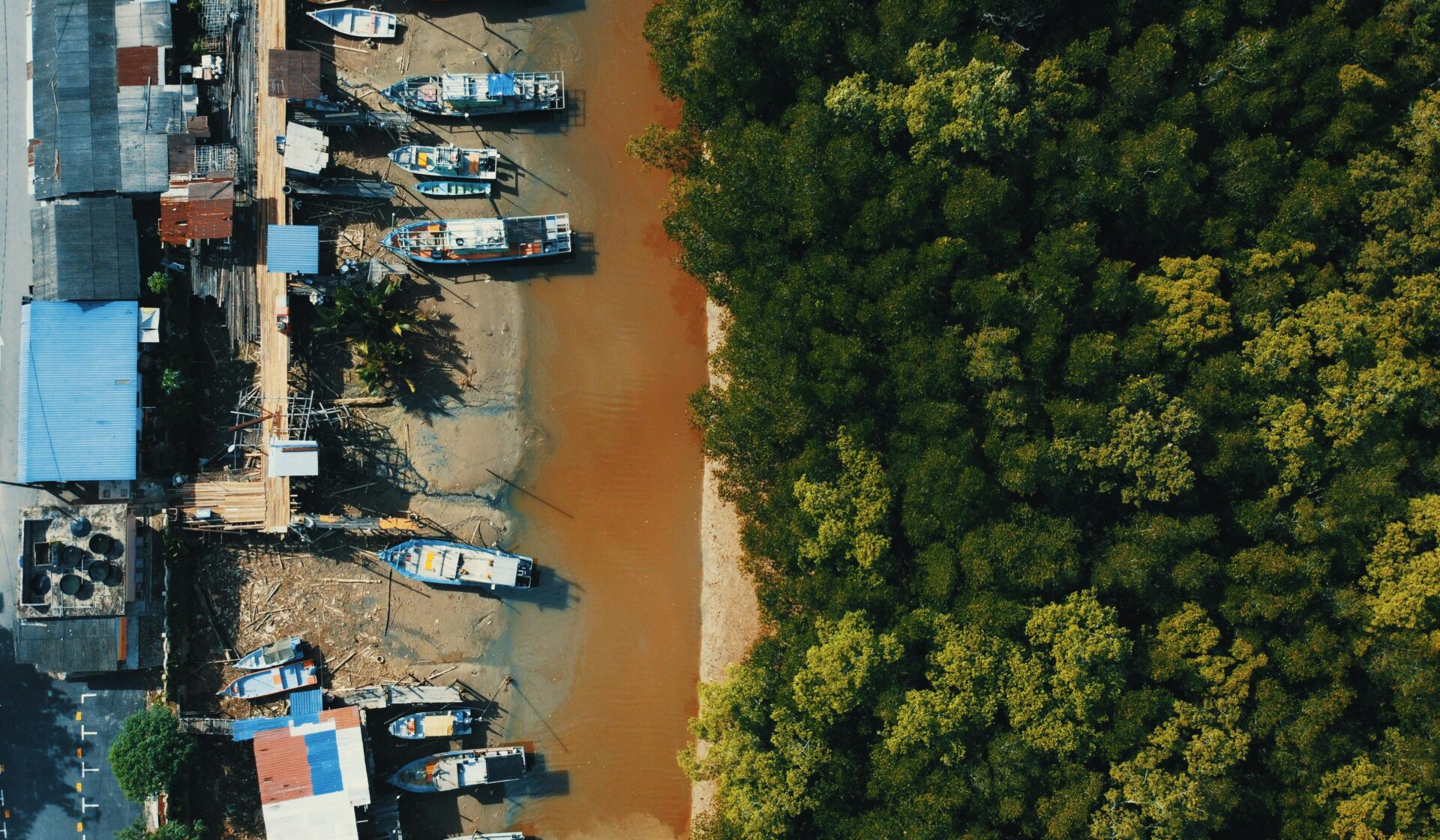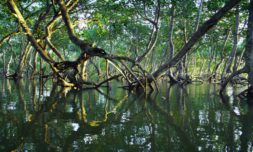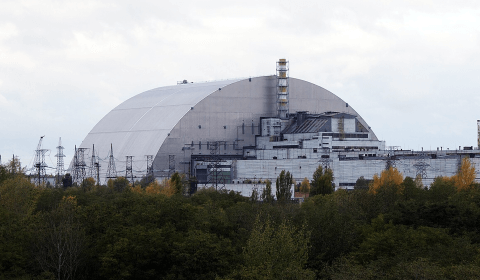As developers commodify pristine landscapes to meet the growing demand for luxury coastal living in Goa, the state faces an environmental reckoning that threatens not only its natural heritage, but the survival of its delicate ecological balance.
Long celebrated for its stunning landscapes and vibrant culture, the picturesque coastal state of Goa is facing an environmental catastrophe that extends far beyond the widespread issue of overtourism.
As controversies around people visiting en masse dominate headlines, a more insidious threat is quietly dismantling the region’s natural defences: the relentless destruction of mangrove ecosystems for luxury real estate developments.
Mangroves are not merely scenic backdrops but critical guardians of coastal environments. These remarkable forests serve as natural barriers against climate change, providing multiple layers of protection that modern infrastructure cannot replicate.
They act as nurseries for marine life, stabilise shorelines, prevent erosion, and sequester significant amounts of carbon – making them invaluable in the ongoing fight against global warming.
The current situation in Goa is a microcosm of the wider global crisis.
Recent findings by the International Union for Conservation of Nature (IUCN) are alarming. As they outline, 50 per cent of the world’s mangrove ecosystems are at risk of collapse.
This isn’t just a local issue but an international one – with far-reaching consequences.
Developers marketing ‘sea view’ properties are essentially selling more than just real estate; they’re trading away ecological resilience because these ecosystems have protected coastal regions for centuries, adapting and evolving to new conditions in ways we’re unable to.
The economic allure of coastal development often blinds stakeholders to the long-term environmental costs.




















